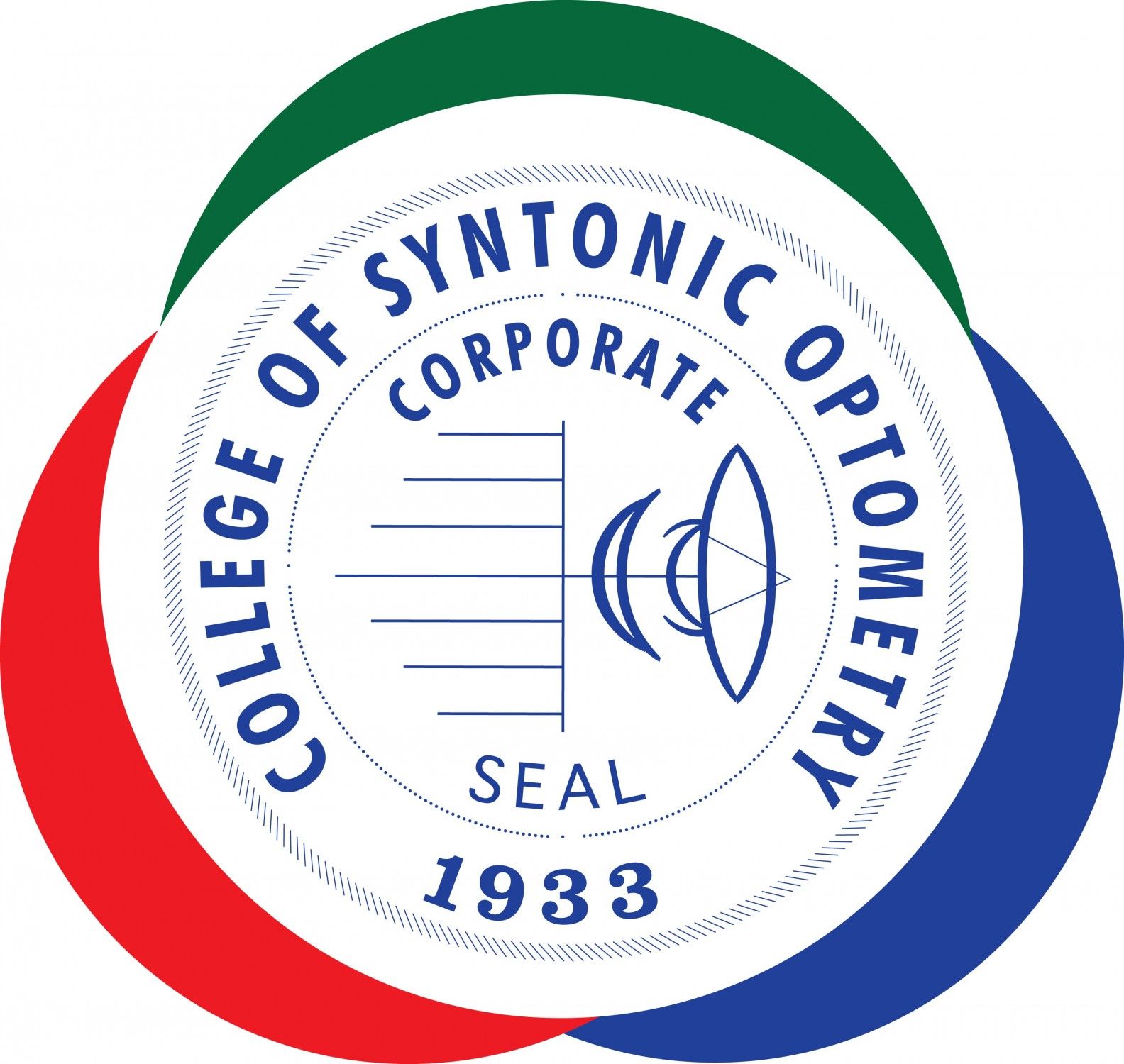Syntonics
Syntonic Phototherapy
Some articles here provide information about the clinical application of colored light used by syntonic optometrists. Other articles review the scientific basis of how light interacts with matter and biological functioning. Syntonic therapy is safe, non-invasive and can bring major improvements in a relatively short time. Syntonics helps visually underdeveloped, underachieving, uncomfortable, over-stressed or injured patients. It works well for young patients with a history of pre-birth, neonatal, or developmental injuries and helps adult patients who suffer from brain injury, ocular pathology and lasting symptoms related to past and present illness.
Syntonic light therapy devices shine white light through colored filters onto a lens that focuses the light into the eyes, through the pupils and onto the retina. The patient looks through one end of a tube at a glowing 2-inch dot of light from a distance of about 18 inches. Typical treatment plans require 20-minute sessions for several treatments each week for a total of 20 sessions. Treatments are done in the doctor’s office and in some cases can be done at home.
Specific colors are prescribed for particular ocular and neurological conditions. The rationale for determining the treatment frequencies is explained later in these articles. The color prescription is determined based on medical history, present symptoms, complaints and clinical measurements. Treatment protocol is guided, and success is judged, by improved symptoms, behavior (mood/attitude, coping ability, and social/verbal skills), performance (academic, athletic and expressive) and changes in optometric test results. Most synchronists are also behavioral optometrists with holistic attitudes and a desire to help. Syntonics They use syntonics in conjunction with a variety of vision therapy approaches.
The college of Syntonic Optometry began in 1933. The instrumentation and treatments were based on light research that took place in the 1020’s. For more information and to find a practitioner in your area go to the syntonic home page @ csovision.org
Clinical
Research

